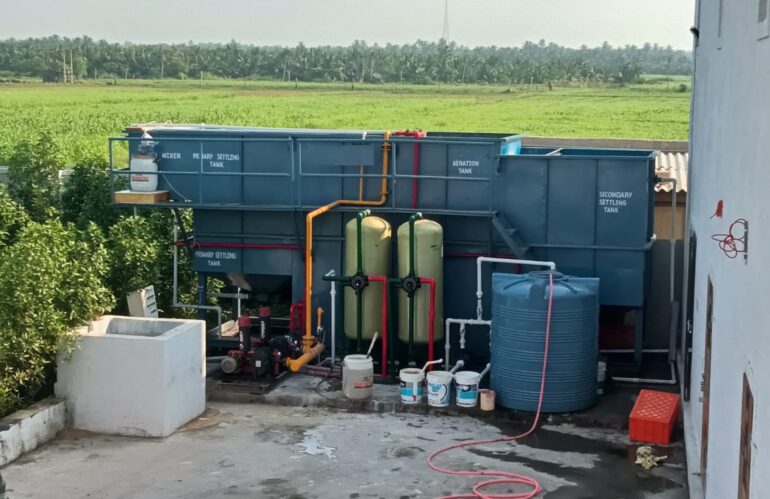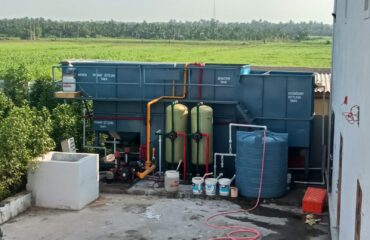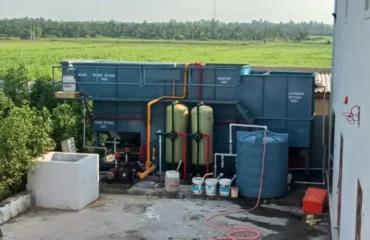Introduction
Barwani, a region known for its cultural heritage and natural beauty, is facing growing challenges in wastewater management due to urbanization and industrial activities. The establishment of efficient sewage treatment plants (STPs) is crucial to address these challenges and protect the local environment. This article explores the importance of sewage treatment plants in Barwani and their role in promoting environmental sustainability.
Understanding the Need
The rapid population growth and industrial development in Barwani have resulted in a significant increase in wastewater generation from various sources. Traditional methods of wastewater disposal are inadequate, leading to water pollution and ecological degradation. Sewage treatment plants play a vital role in treating wastewater to meet regulatory standards and preserve water quality.
Benefits of STPs
Sewage treatment plants offer several benefits to the community and the environment:
1. Water Reuse
STPs enable the reuse of treated wastewater for non-potable purposes such as irrigation, industrial processes, and groundwater recharge, reducing the demand for fresh water.
2. Pollution Reduction
Advanced treatment processes in STPs remove pollutants, contaminants, and pathogens from wastewater, reducing water pollution and protecting aquatic ecosystems.
3. Public Health Improvement
By treating wastewater effectively, STPs contribute to improved public health outcomes by minimizing the risk of waterborne diseases and ensuring access to clean water for residents.
Innovative Technologies
Modern sewage treatment plants utilize innovative technologies for efficient wastewater treatment:
– Biological Treatment
Biological processes such as activated sludge treatment and biofilm reactors are used to degrade organic matter and improve water quality.
– Physical and Chemical Treatment
Physical methods like filtration and sedimentation, combined with chemical processes such as coagulation and disinfection, help in removing solids and disinfecting water.
– Nutrient Management
STPs incorporate nutrient removal systems to control nitrogen and phosphorus levels in treated water, preventing nutrient pollution in water bodies.
Environmental Impact
The implementation of sewage treatment plants in Barwani has positive environmental impacts:
– Ecosystem Conservation
STPs play a crucial role in conserving local ecosystems, including rivers, lakes, and groundwater reserves, supporting biodiversity and ecological balance.
– Sustainable Practices
By promoting responsible wastewater management practices, STPs contribute to sustainable development goals and environmental conservation efforts.
– Community Well-being
Improved water quality resulting from STP operations enhances the well-being and quality of life for residents, promoting a healthier living environment.
Future Outlook
As Barwani continues to grow and develop, the role of sewage treatment plants becomes increasingly significant. Continued investment in STP infrastructure, technological advancements, and community awareness are essential for effective wastewater management and environmental protection.
In conclusion, sewage treatment plants in Barwani are instrumental in promoting environmental sustainability, water reuse, pollution reduction, and public health improvement. Collaboration between stakeholders, including government agencies, private sectors, and communities, is crucial for the successful operation and expansion of STPs, ensuring a cleaner and healthier future for Barwani.


